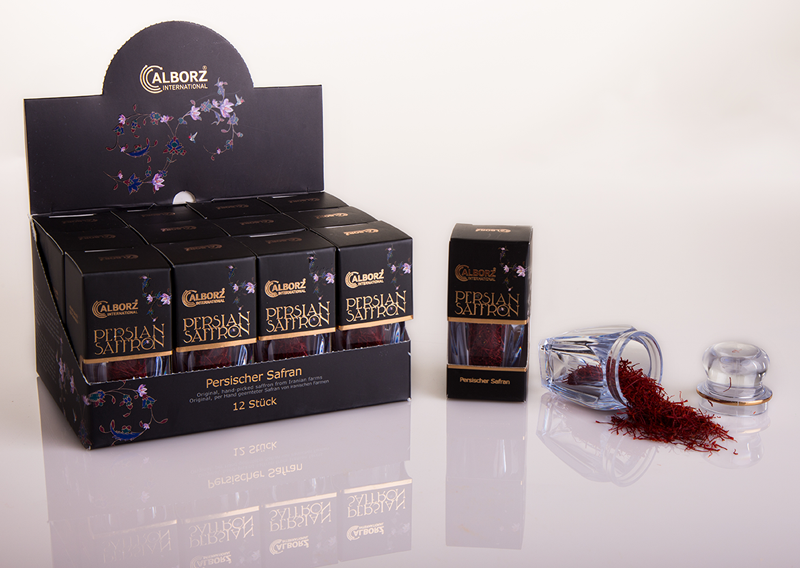"Red Gold"
Saffron is obtained from the threads of the crocus species Crocus sativus. People have been cultivating saffron for over 3000 years. In many cultures, the spice has always been appreciated because it harmonizes with both hearty and sweet dishes and drinks, giving them an incomparable taste. It is also suitable as a natural dye.
Saffron harvesting and further processing are extremely laborious. For example, picking the saffron threads can only be done by hand. Saffron is therefore the most expensive spice in the world: the "red gold". However, only very small quantities are also required to achieve the desired aromatic and color effects.
Saffron naturally contains many important nutrients and vitamins and has proven health-promoting effects.
In addition to culinary use, saffron is also used in other areas such as the color and cosmetics industries, for example, in the production of perfumes.
Saffron filaments (organic & conventional)
- Negin
- Sargol
- Pushal
Ground saffron (organic & conventional)
- Negin
- Sargol
- Pushal
- bulk, 500g
- 18 x 0.3g
- 12 x 0.5g
- 12 x 1g
- 12 x 2g
- 12 x 10g
- 1 x 25g
- other sizes on request
- 1kg (EU)
- 5kg (outside EU)
Quality Management
To ensure the highest quality of our products, they are tested by qualified laboratories. Our products are constantly subjected to strict physical, chemical and microbiological analysis, so that we always provide you with goods of impeccable quality.
Persian Saffron
The territory of today's Iran is one of the regions where saffron was first cultivated. Climatic and geographical conditions influence the quality and quantity of plants grown and harvested in different parts of the world. Because of ideal climatic conditions, Iranian agricultural products, including saffron, possess very high quality. Iran is the world's largest producer of saffron.
Healing Properties of Saffron

Saffron Filaments: Varieties & Quality
The superiority of saffron threads depends on where they are cut from the flower during harvesting.



